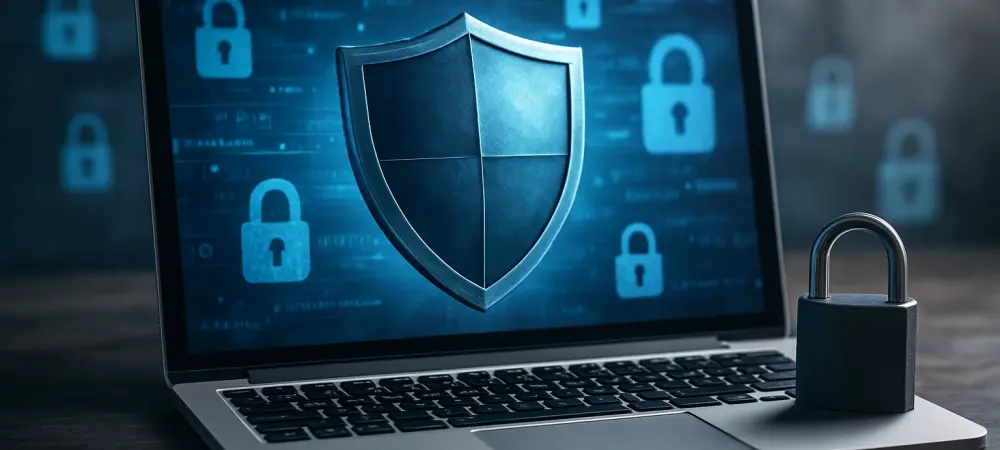In the rapidly evolving landscape of technology, cybersecurity remains a paramount concern. As operating systems form the backbone of digital infrastructure, ensuring their security is crucial for protecting sensitive information and maintaining user trust. Microsoft has reinforced its commitment to bolstering system defenses by removing PowerShell 2.0 from Windows 11. This strategic move reflects a broader industry trend where legacy components are phased out to enhance security effectiveness against ever-advancing cyber threats.
Exploring Security Trends in Operating Systems
The technological progression of security features in operating systems has been remarkable, highlighting a continuous shift from outdated architectures to advanced security frameworks and tools. Modern operating systems now incorporate methods like script block logging and Anti-Malware Scan Interface (AMSI) integration, which are pivotal in countering malicious scripts. These enhancements represent a departure from reliance on legacy systems, which were unable to meet the comprehensive security demands of today’s digital environment. This evolution underscores the need for systems to be adaptable and robust against emerging threats.
Driving the advancement of operating system security is an inevitable response to consumer behavior and market demands. As threats become more sophisticated, consumers expect systems to provide fortified layers of protection, prompting companies to adopt rigorous security measures. This has led to a swift adoption of enhanced security features, setting a standard for future operating system releases. The evolving landscape demands that companies stay agile, constantly updating their systems to ensure they meet the heightened expectations of security-conscious consumers.
Navigating Security Challenges in Operating Systems
Maintaining security in operating systems is fraught with challenges, primarily due to inherent technical complexities and potential vulnerabilities. Transitioning from legacy systems poses significant hurdles, as compatibility issues and integration complexities often create friction. Organizations must navigate these obstacles to preserve the integrity and security of their digital infrastructures. These challenges necessitate strategic planning and innovative solutions to achieve successful transitions without compromising on security.
Strategies to overcome these challenges include engaging in regular audits and updates and embracing modern security protocols. Organizations are encouraged to transition from outdated components to adopt new security measures, thereby safeguarding their operating systems against potential threats. This proactive approach is essential for maintaining security in a constantly changing threat environment, allowing organizations to fortify their systems against vulnerabilities effectively.
Regulatory Implications and Compliance
Industry regulations play a critical role in shaping the security landscape of operating systems. With frameworks like GDPR and CCPA, regulatory compliance becomes a necessity, influencing how companies approach system security. Ensuring adherence to these regulations requires a detailed understanding of security policies and their impact on software development and updates. Failure to comply with these regulations could result in significant legal and financial consequences, compelling companies to prioritize regulatory alignment in their security strategies. Regulatory compliance not only prompts organizations to adopt stringent security measures but also encourages a culture of continuous updates and improvements. As policies evolve, companies are required to adapt, fostering a dynamic security environment that prioritizes both protection and compliance. By keeping pace with regulatory changes, organizations can ensure their systems remain secure and compliant, mitigating risks associated with data breaches and unauthorized access.
The Future of Operating System Security
Looking ahead, the future of operating system security is poised for remarkable advancements, with emerging technologies promising to redefine protection standards. Microsoft and other leading companies are investing in innovative security technologies that address current limitations and anticipate future threats. As the digital ecosystem continues to expand, potential disruptors are expected to introduce new security considerations and implications, challenging existing paradigms.
Consumer preferences will play an influential role in shaping the development of future security measures. As users demand more intuitive and seamless security experiences, trends will likely gravitate toward integrating sophisticated yet user-friendly solutions. This alignment between consumer expectations and technological advancement will be key to future-proofing operating systems and ensuring their resilience against evolving cyber threats.
Conclusion and Industry Outlook
As Microsoft removes PowerShell 2.0 from Windows 11, the move represents a significant step toward enhancing security by eliminating outdated vulnerabilities. This decision underscores a broader industry trend where embracing modern security frameworks is paramount in addressing contemporary cybersecurity challenges. Organizations are advised to invest in transitioning to updated platforms, thus reinforcing their digital resilience.
The removal of PowerShell 2.0 marks a crucial point in the ongoing narrative of strengthening cybersecurity across operating systems. As technology continues to evolve, companies seek innovative strategies to navigate the complexities of system security, assuring stakeholders of their commitment to safeguarding digital infrastructures. With constant adaptation, the future of operating system security holds promise, positioning companies to effectively confront the challenges of an ever-evolving threat landscape.

